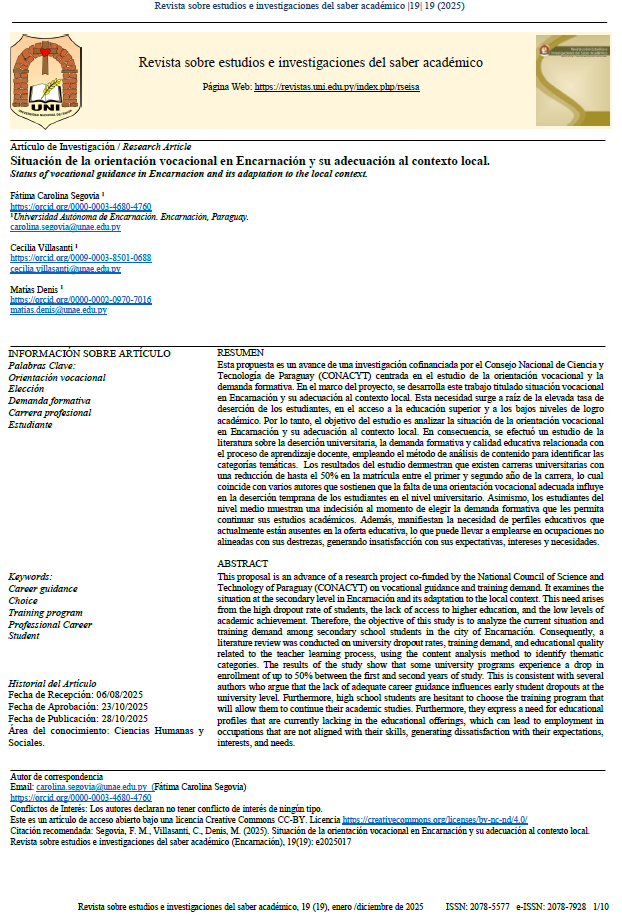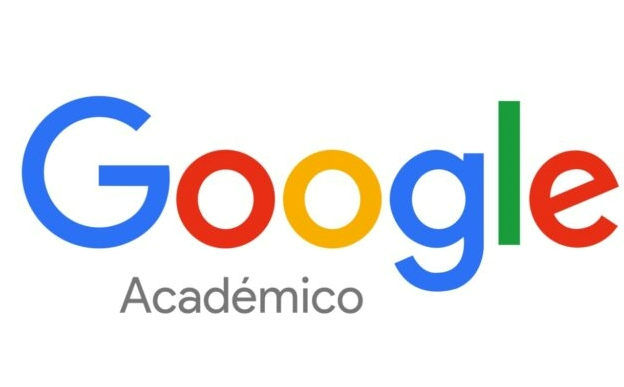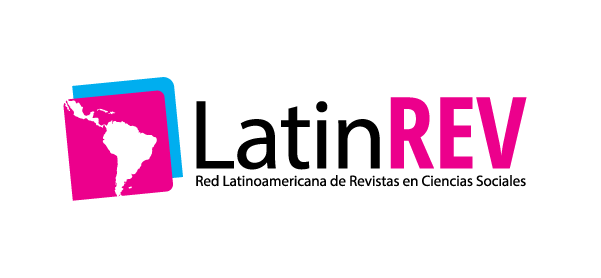Status of vocational guidance in Encarnacion and its adaptation to the local context.
DOI:
https://doi.org/10.70833/rseisa19item722Keywords:
Career guidance, Choice, Training program, Professional Career, StudentAbstract
This proposal is an advance of a research project co-funded by the National Council of Science and Technology of Paraguay (CONACYT) on vocational guidance and training demand. It examines the situation at the secondary level in Encarnación and its adaptation to the local context. This need arises from the high dropout rate of students, the lack of access to higher education, and the low levels of academic achievement. Therefore, the objective of this study is to analyze the current situation and training demand among secondary school students in the city of Encarnación. Consequently, a literature review was conducted on university dropout rates, training demand, and educational quality related to the teacher learning process, using the content analysis method to identify thematic categories. The results of the study show that some university programs experience a drop in enrollment of up to 50% between the first and second years of study. This is consistent with several authors who argue that the lack of adequate career guidance influences early student dropouts at the university level. Furthermore, high school students are hesitant to choose the training program that will allow them to continue their academic studies. Furthermore, they express a need for educational profiles that are currently lacking in the educational offerings, which can lead to employment in occupations that are not aligned with their skills, generating dissatisfaction with their expectations, interests, and needs.
Downloads
References
Allueva Torres, P. (Coord.) (2022). Orientación educativa y universidad. Serie: Orientación Educativa Universitaria. Octaedro.
Álvarez, M., Fernández, A., Fernández, R., Flaque, T., Moncosi, J., y Sullá, T. (2007). La orientación vocacional a través del currículum y de la tutoría: una propuesta para la etapa de 12 a 16 años. Graó
Cabeza, K., & Durán-Aponte, E. (2021). Necesidades de orientación vocacional en educación media: Una propuesta a través de las tecnologías. ReHuSo, 6(2), 93–109. https://doi.org/10.5281/zenodo.5512902
Castellanos Rodríguez, R., Baute Rosales, M., & Chang Ramírez, J. A. (2020). Orígenes, desarrollo histórico y tendencias de la orientación profesional. Universidad y Sociedad, 12(5), 269–278. http://scielo.sld.cu/scielo.php?script=sci_arttext&pid=S2218-36202020000500269
Díaz, M. A. (2018). Métodos cualitativos aplicados a la educación. Editorial Académica.
De San, U., Colombia, B., Sinisterra, M., Palacios Cruz, M., & Gantiva, J. (2009). Psychologia. Avances de la disciplina. Pp. 81-107 https://www.redalyc.org/pdf/2972/297225531007.pdf
Dillon-Pérez, F., Rojas-Londoño, D., Lara-Ramos, E., & Freire-Muñoz, I. (2023). Orientación vocacional y profesional como alternativa en la elección de carreras universitarias. Cátedra, 6(1), 78-91. https://doi.org/10.29166/catedra.v6i1.4109
Elias, R. (2014). Análisis de la reforma educativa en Paraguay: discursos, prácticas y resultados. CLACSO. https://biblioteca.clacso.edu.ar/clacso/becas/20140906121151/PBRE.pdf
Gavilán, M. (2017), La transformación de la orientación vocacional. Hacía un nuevo paradigma. Lugar Editorial.
Instituto Nacional de Estadística. (2021). Encuesta Permanente de Hogares 2021. INE. https://www.ine.gov.pyhttps://www.ine.gov.py/datos/encuestas/eph/
ISM-UNFPA (2023). ¿Cómo es crecer en la frontera? Juventudes de Encarnación (Paraguay) y
Posadas (Argentina). Asunción.
https://paraguay.unfpa.org/sites/default/files/pub-pdf/final-informe-posadas-encarnacion_.pdf
Magallón-Olivardía, M. (2025). Demandas de estudiantes de noveno grado asociadas a la orientación educativa y profesional en dos centros educativos panameños. Revista Costarricense de Orientación, 4(Especial), 1–13. https://doi.org/10.54413/rco.v4iEspecial.64
Ministerio de Educación y Cultura. (2014). Actualización Curricular del Bachillerato Científico de la Educación Media - Plan Común: Desarrollo Personal y Social. https://www.mec.gov.py/cms_v2/adjuntos/9658
Ministerio de Educación y Ciencias. (2012). Ley General de Educación. https://siteal.iiep.unesco.org/sites/default/files/sit_accion_files/ley_1264._ley_general_de_educacion.pdf
Ministerio de Educación y Ciencias. (2018). Educación media. Desarrollo Personal y Social. Asunción- Panambí. Orientación Vocacional.
Ministerio de Educación y Ciencias (MEC). (2021). Sitio institucional del MEC. https://www.mec.gov.py
Latitud. (2023, 2 febrero). Alta deserción universitaria: Hablemos de lo difícil que es estudiar en Paraguay. Latitud25.
Planas, J. (2018). El futuro de la relación entre educación y trabajo. La revolución digital en España. Impacto y retos sobre el mercado de trabajo y el bienestar, 157-186. https://ddd.uab.cat/pub/caplli/2018/190323/5_El_futuro_de_la_relacion_entre_educacion_y_trabajo.pdf
Sotelo, M. (7 de enero, 2022). Orientación vocacional: ¿Qué es? y ¿Para qué sirve? Descubre tu vocación. Orientación es vocación https://orientacionesvocacion.com/
Colque Tito, H., Rodríguez Renjifo, J. J., & Puch Torres, F. B. (2022). Orientación Vocacional Profesiográfica: una mirada diagnóstica a estudiantes de secundaria. LATAM Revista Latinoamericana de Ciencias Sociales y Humanidades, 3(2), 1722–1729. https://doi.org/10.56712/latam.v3i2.215 latam.redilat.org+1
Vargas-Hernández, E. Y., & Salas-Pérez, K. V. (2023). Retos y desafíos de las personas profesionales de la orientación vocacional: una mirada desde los diversos contextos laborales en Costa Rica. Revista Costarricense de Orientación, 2(1), 1-20.
Villalba, H. (2021). Orientación Vocacional en Alumnos Del 3° Curso De Educación Media de Instituciones Públicas y Privadas Para la Elección de la Carrera Universitaria. El Caso de la Ciudad de Encarnación [Tesis doctoral, Universidad Autónoma de Encarnación]. Repositorio UNAE.

Downloads
Published
License
Copyright (c) 2025 Fatima Carolina Segovia Cantero, Cecilia Villansanti, Matias Denis

This work is licensed under a Creative Commons Attribution 4.0 International License.
Creative Commons Attribution License CC-BY
You are free to:
Share — copy and redistribute the material in any medium or format.
Adapt — remix, transform, and build upon the material for any purpose, including commercially.
Under the following terms:
Attribution — You must give appropriate credit, provide a link to the license, and indicate if any changes have been made. You may do so in any reasonable way, but not in any way that suggests that you or your use is endorsed by the Licensor.







